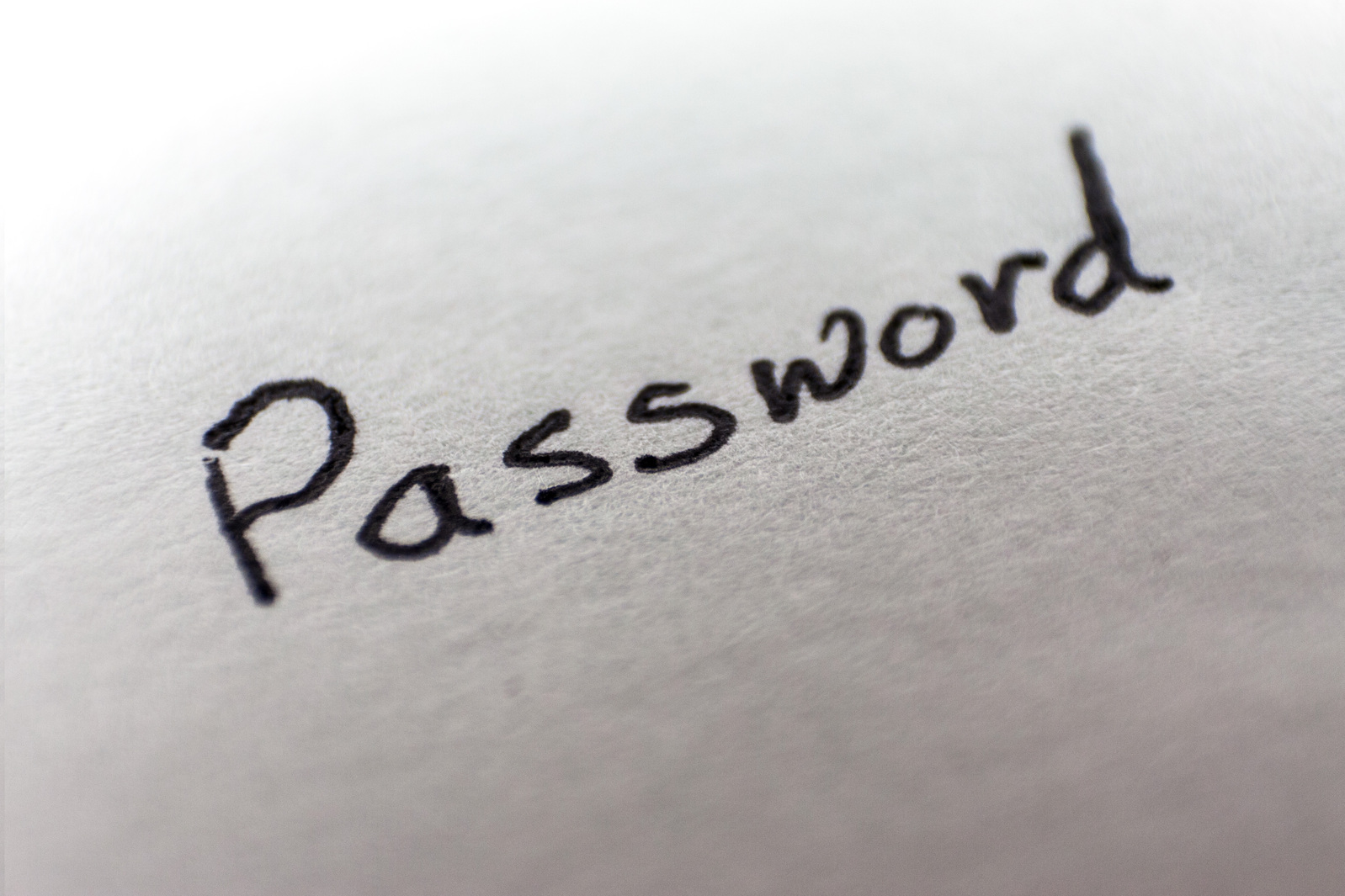Introduction In an age where our digital lives are as rich as our physical ones, the security of our online information is paramount. Have you ever wondered how websites and apps keep your passwords – the keys to your digital identity – safe? The answer lies in two powerful techniques: encryption and hashing.
Understanding Encryption: The Secret Code Encryption is like a sophisticated lock for your password. When you enter your password, the website transforms it into a secret code. This encrypted form is unreadable to anyone who doesn’t have the key, which is securely held by the website or app. So, even if a cybercriminal intercepts your password, it remains an indecipherable code without the key. This process shields your password from prying eyes.
Hashing: The One-Way Street Hashing takes security a step further. It’s similar to encryption but with a twist – it’s a one-way journey. When a website hashes your password, it’s transformed into a unique set of characters that can’t be turned back into the original password. Each time you log in, the site hashes your entered password and checks if it matches the stored hash. If they align, you’re in. This method ensures that even the site itself can’t see or retrieve your original password.
The Shield and the Sword: Preventing Password Attacks No fortress is impregnable. To bolster your defense against password attacks, awareness is key. Here are common threats to be aware of:
- Brute Force Attacks: Here, hackers try every possible character combination to crack your password. Simple or short passwords are especially vulnerable.
- Dictionary Attacks: These attacks use a list of common words and phrases to guess passwords. If your password is a simple word, it’s at risk.
- Phishing Attacks: These devious attacks trick you into handing over your password, usually through fake but convincing emails or websites.
- Social Engineering Attacks: Here, hackers manipulate you into revealing your password, often pretending to be someone you trust.
Crafting a Strong Password: Your First Defense To combat these threats, a strong, complex password is crucial. A robust password should be a mix of uppercase and lowercase letters, numbers, and symbols, and at least 12 characters long. Avoid common words, phrases, or easily guessed personal information. Tools like password managers can help you generate and manage these strong passwords.
Conclusion In our interconnected world, the security of your online accounts hinges on the strength of your passwords and the security measures of websites and apps. While encryption and hashing provide robust protection, your vigilance and strong password practices are indispensable. Remember, safeguarding your digital identity is as crucial as protecting your physical self. Stay informed, stay secure, and keep your digital keys safe.



